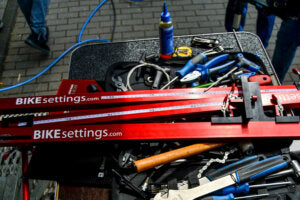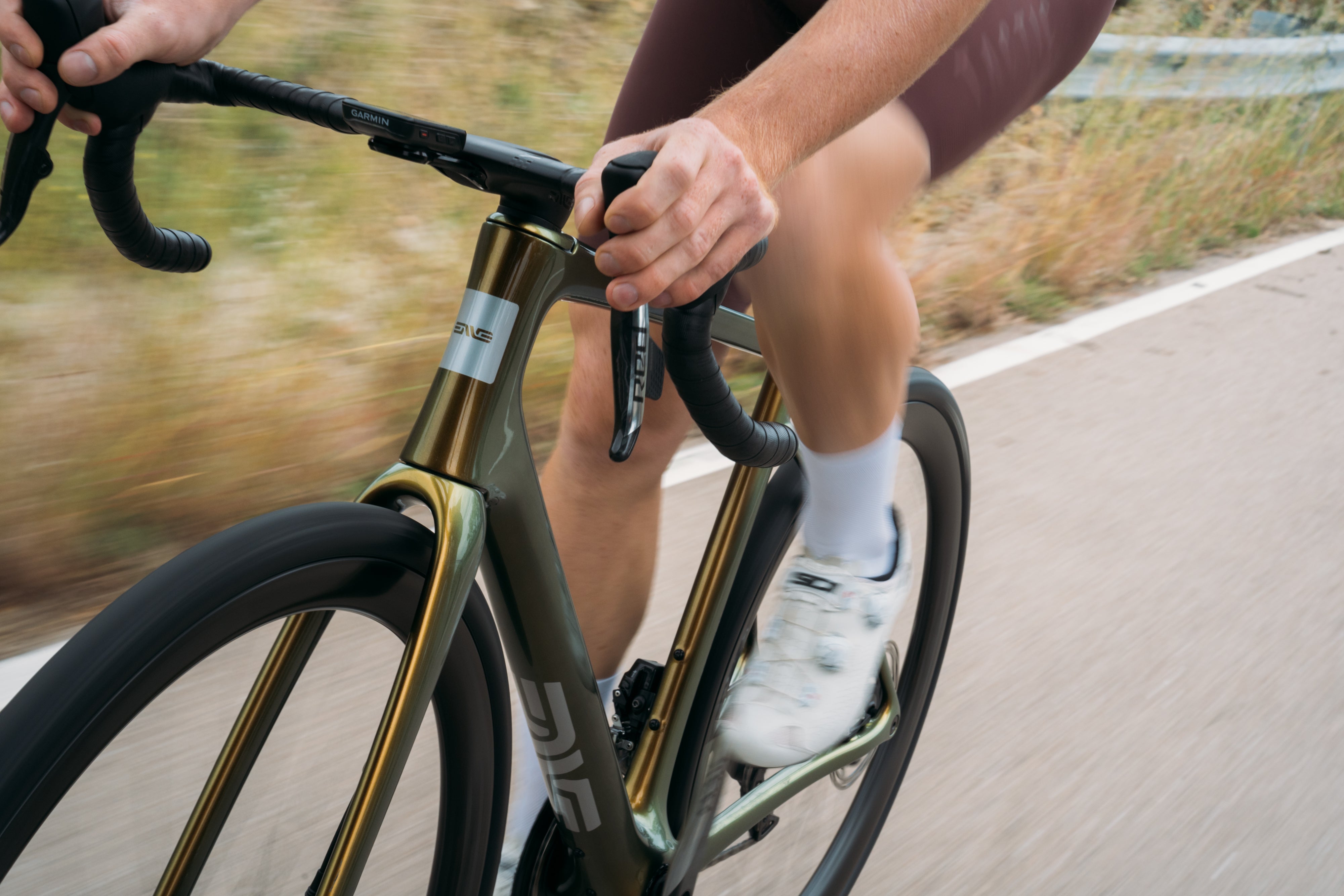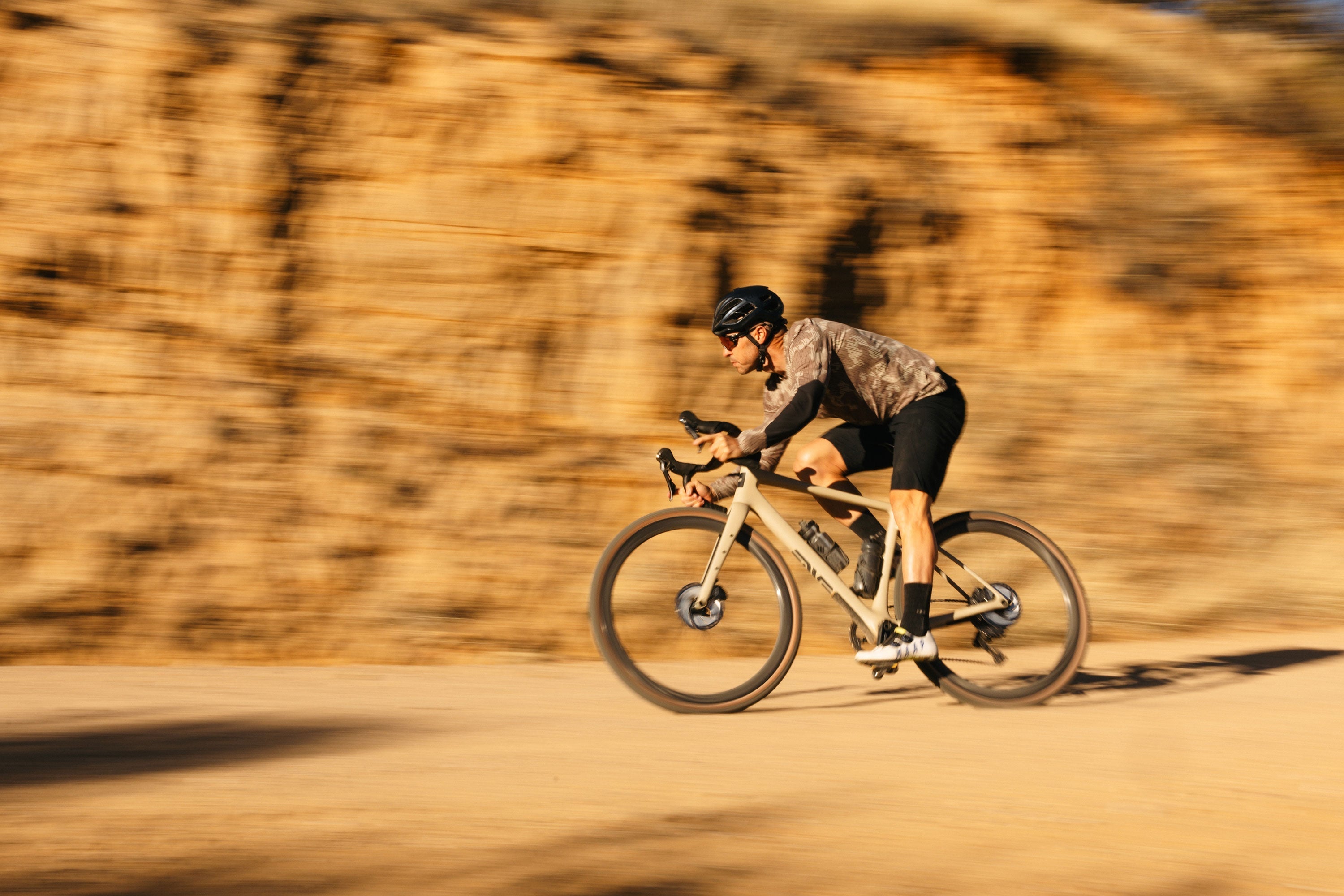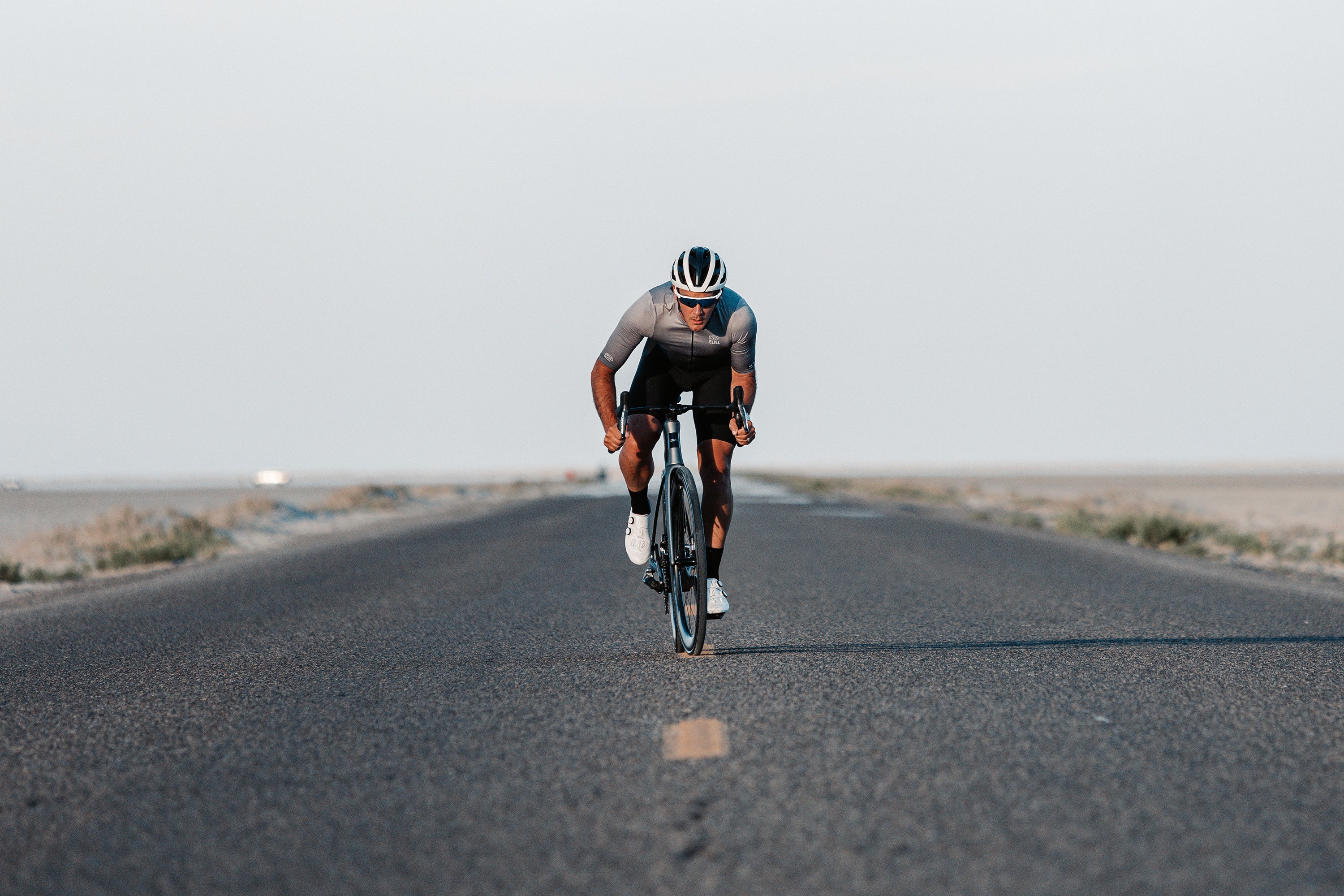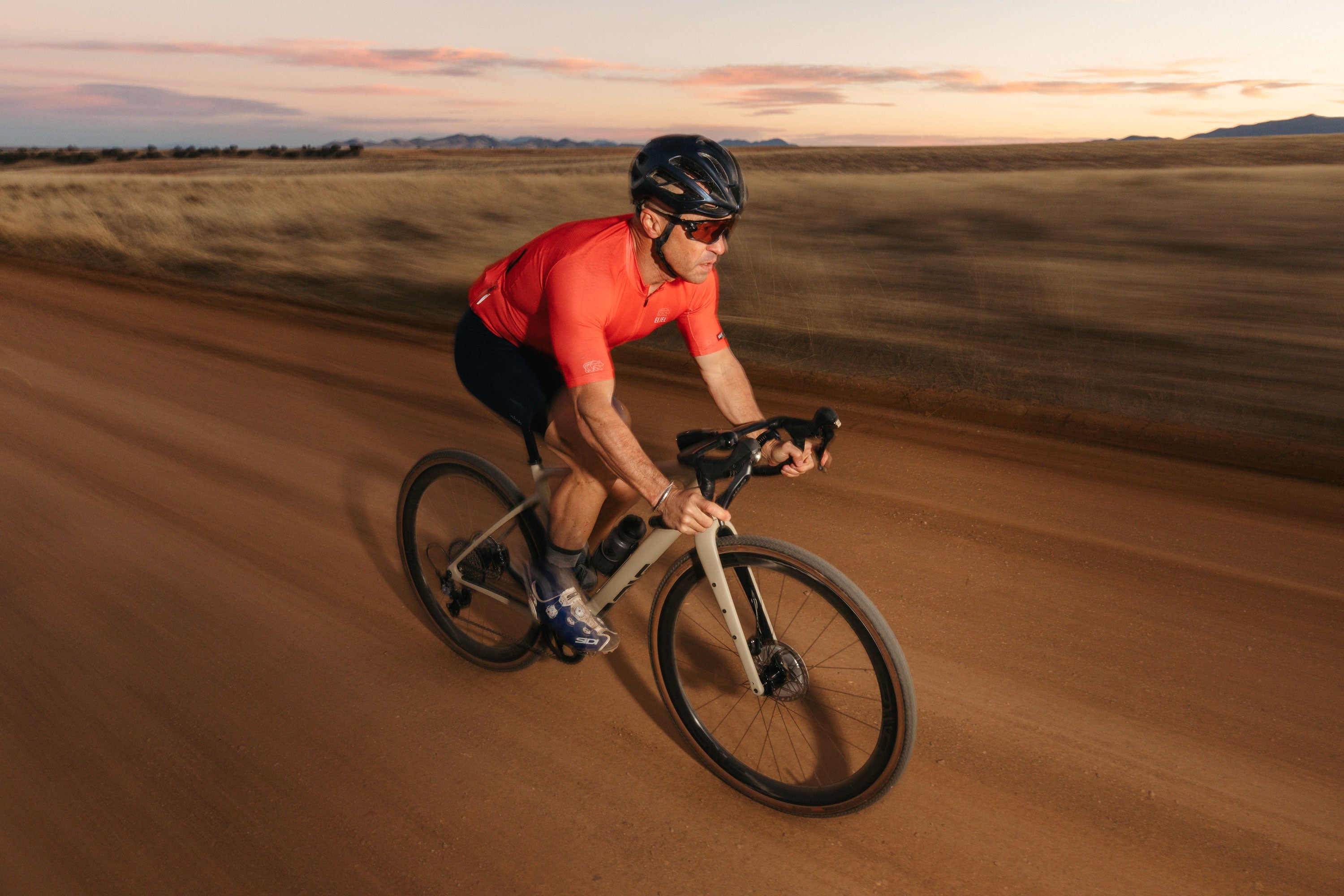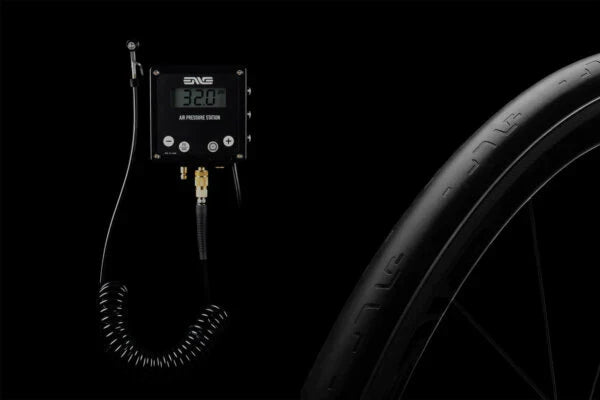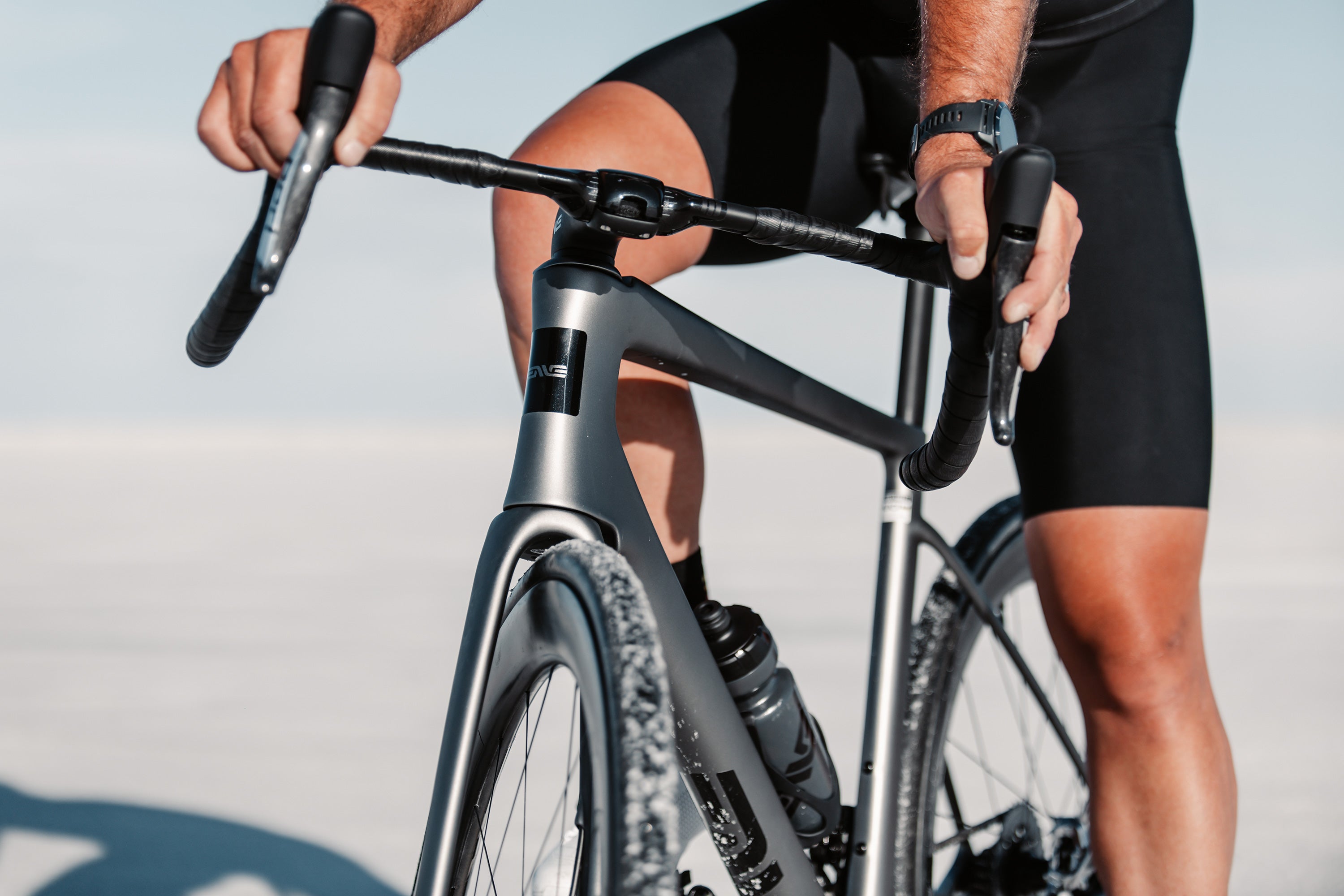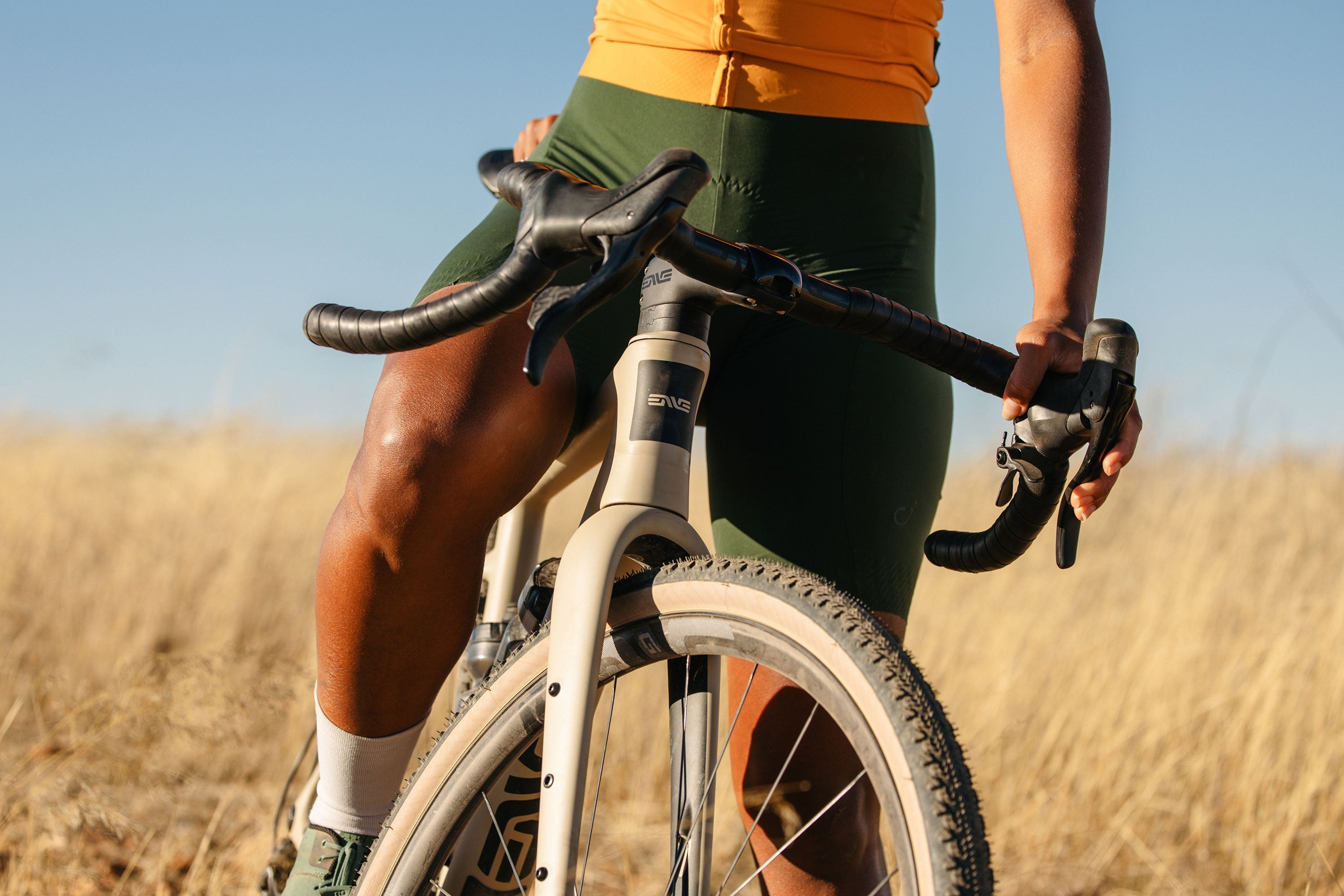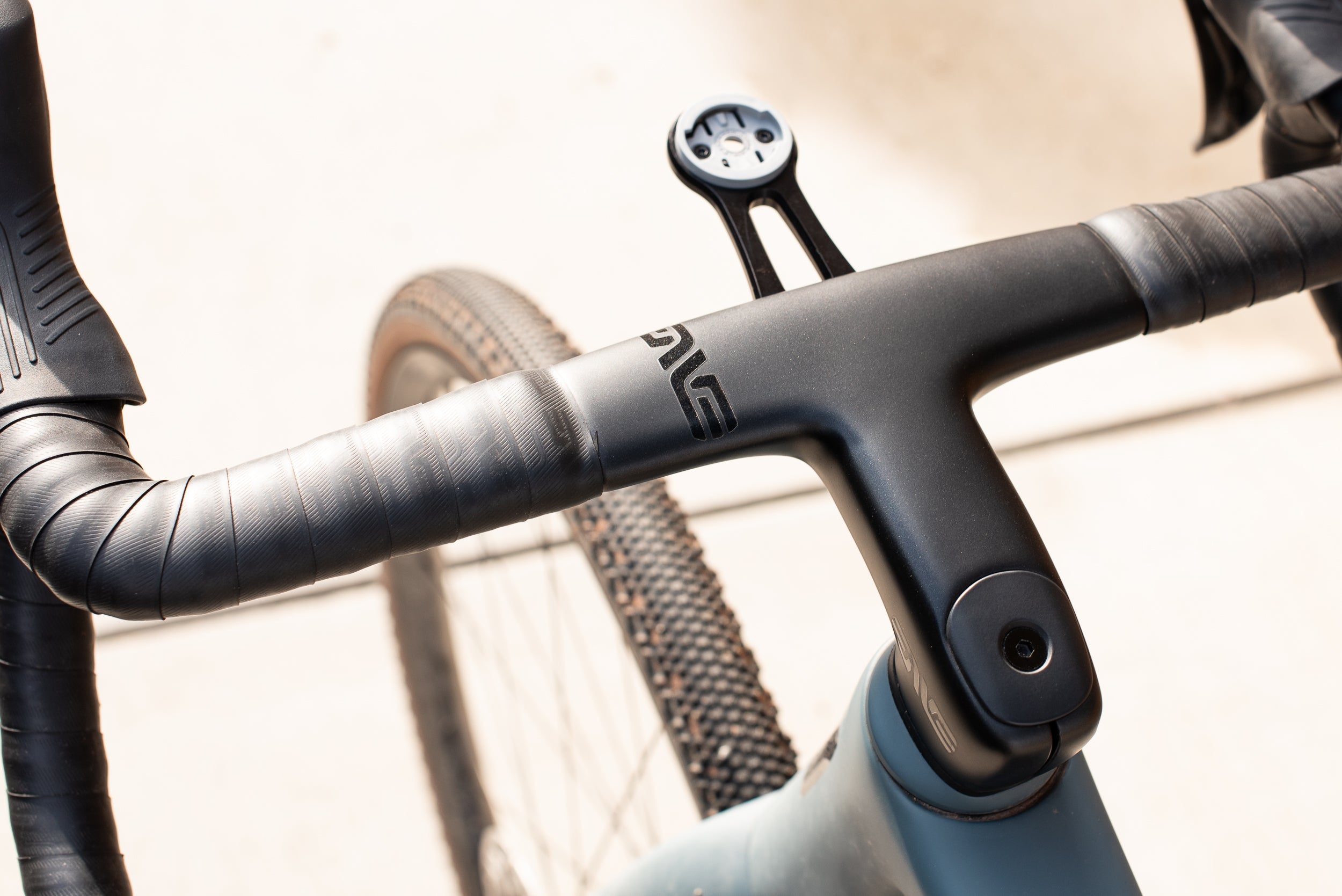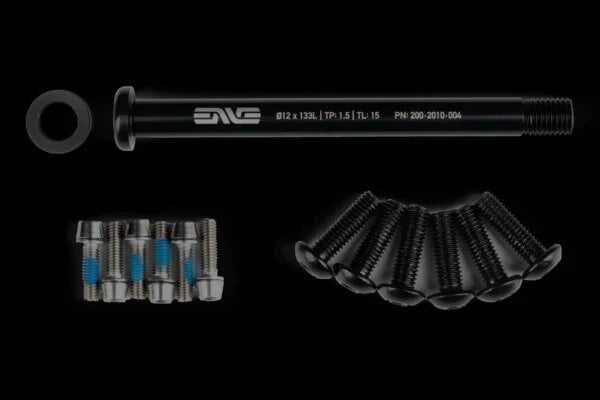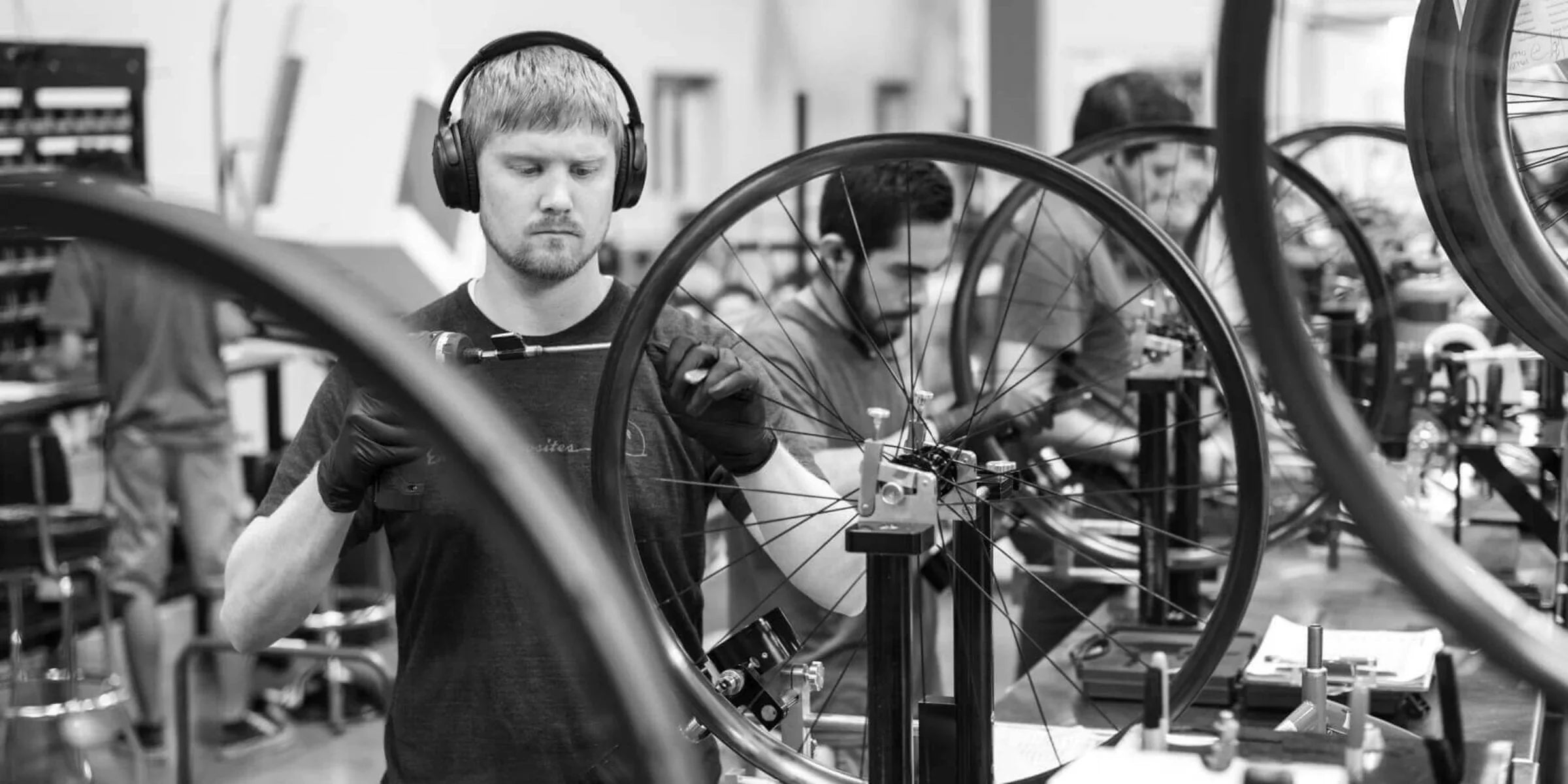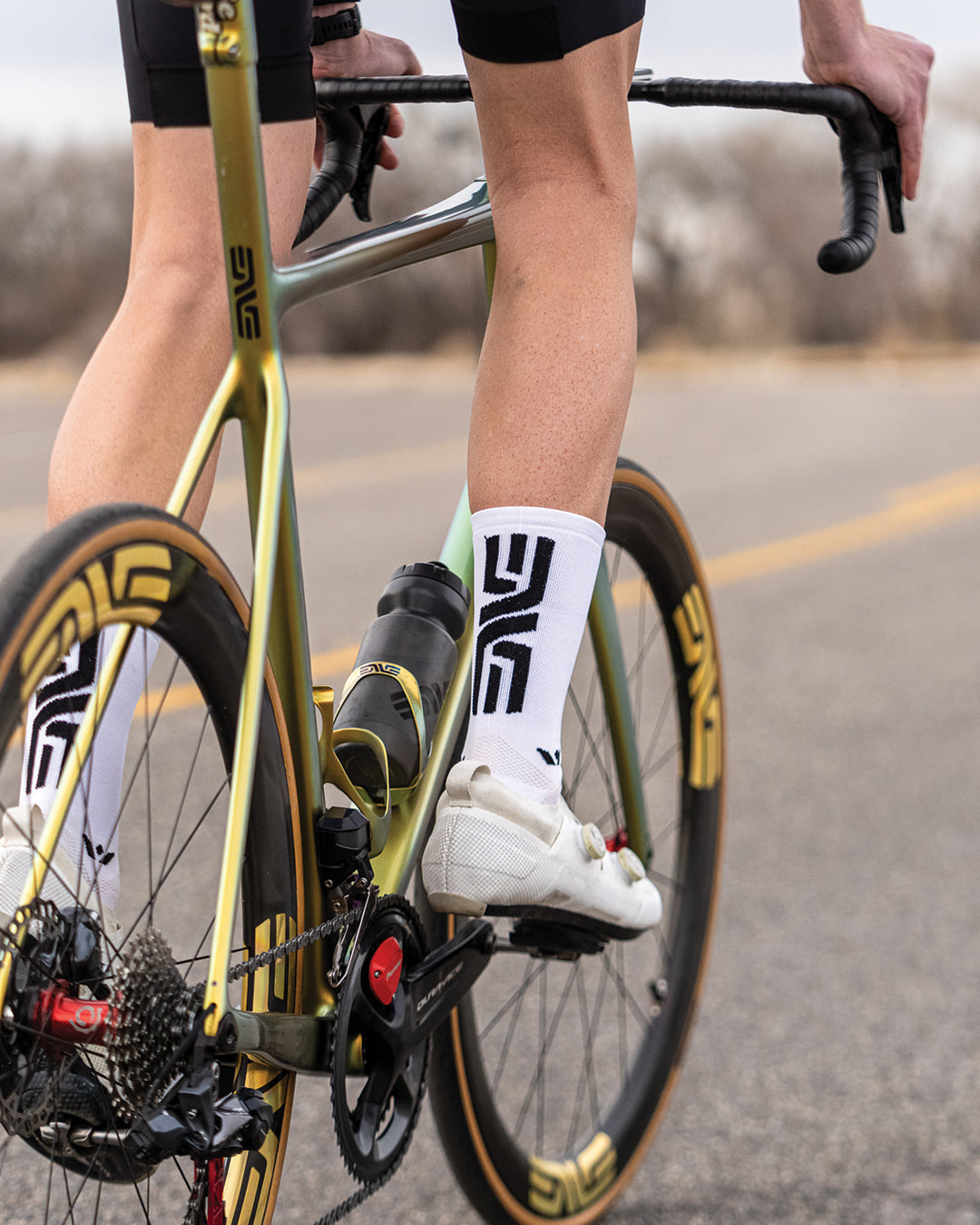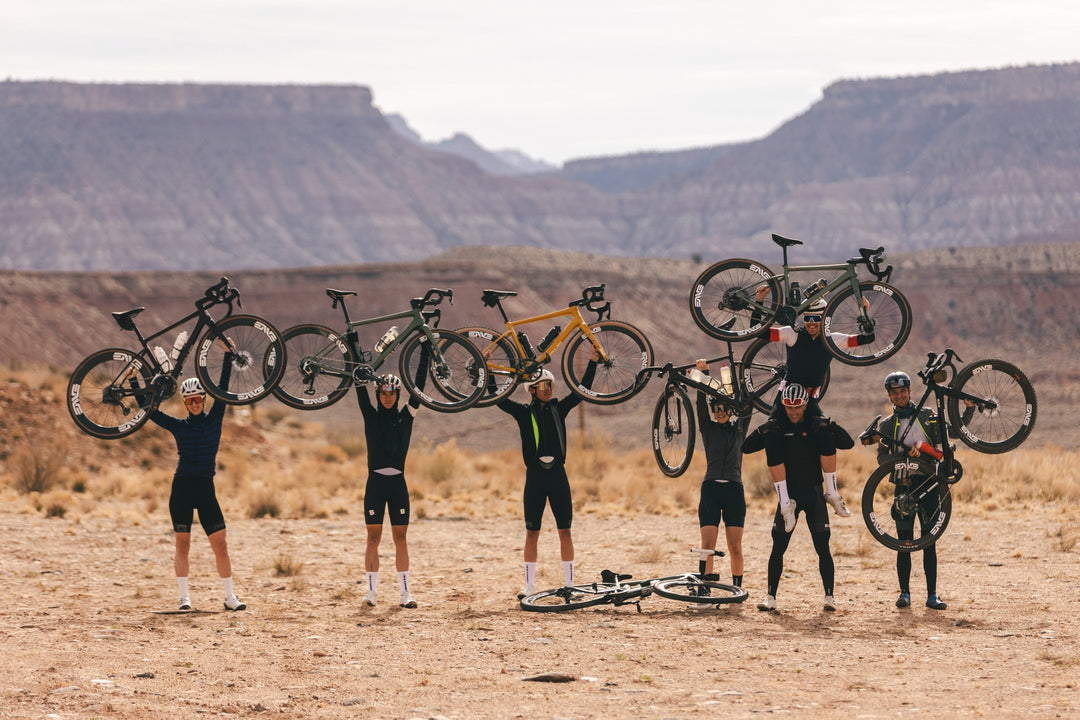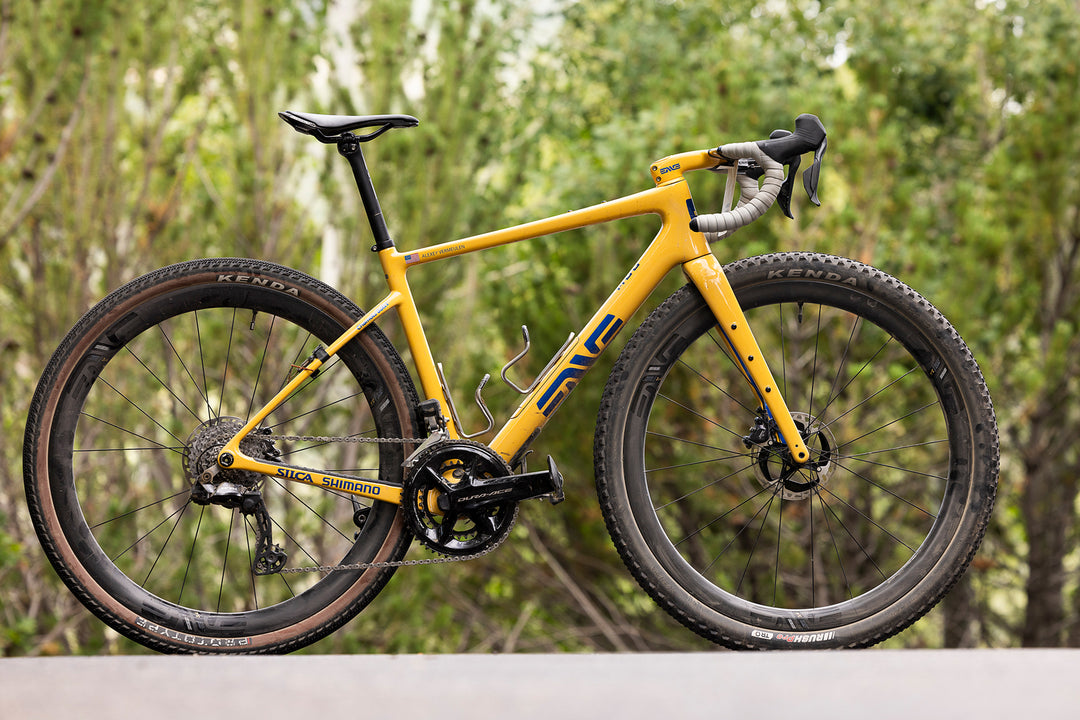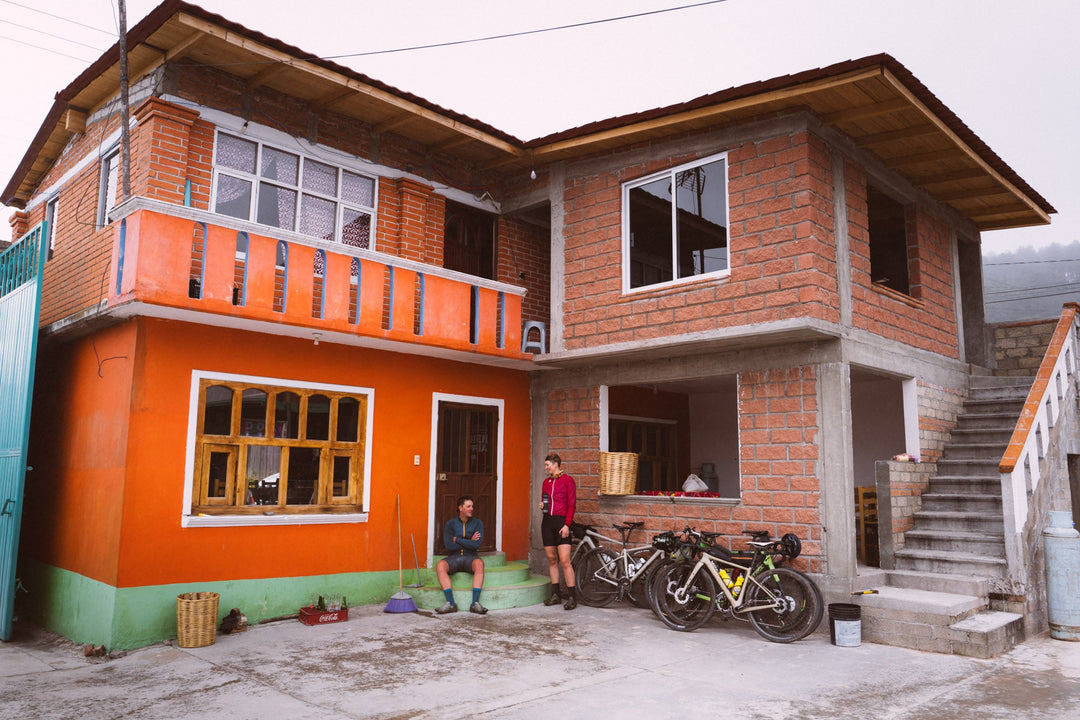Why Pro Bikes Are Perfect: Meet the Mechanics
If you ever get the chance to look closely at a professional cyclist’s bike before a race, one thing is likely to leave a particularly strong impression. It won’t be the typically long stem or aggressive position, nor even the plethora of trick components. What always impresses us is that they are absolutely immaculate, just as we found when we caught up with Team Dimension Data at the start of the Tour de France.
Chains, cassettes, chainrings and even the jockey wheels all look brand new, though they rarely are. You won’t see any signs of wear on a tyre nor grubbiness on bar tape, even the white stuff. Most bikes are only this clean once in their lives – as they leave the shop. The last time I got a bike anywhere near this clean it took me five hours but on a Grand Tour three mechanics have to clean at least three bikes each after the day’s racing and usually service and prepare several more.



If you have never raced yourself and wonder why a bike needs such a thorough clean after a day on dry asphalt, the answer comes from the riders rather than the road. After 200km of racing, the bikes tend to be splattered in energy drink, sweat, spit and even blood, not all of it necessarily matched to the name on the top tube. Mix in some dust and atomized brake pads and you have a right mess.
As much as the need for the bikes to run perfectly, the professionalism of the sport dictates that they are turned out looking pristine. That keeps team mechanics incredibly busy. Ahead of the start of the Tour, we visited Team Dimension Data’s mechanics as they worked from their truck outside the hotel.



Rob Van Der Brand is in his first year with Dimension Data and his sixth as a professional cycling team mechanic. Now 37, he tells us “I’ll keep doing this for as long as I have the passion for it.”
He’s working flat out but always smiling and joking with his colleagues. It’s two days before the start of the race and so everyone is relatively fresh compared to the weariness that’s as inevitable in the last week for the crew as it is for the riders, yet the mechanics’ work is never ending. The riders train every day so their bikes need servicing every day.
“I worked in bike shops and as a car mechanic before this,” Rob tells us. “Mechanically, the work isn’t too hard but it’s all in the detail, fine tuning, making riders’ bikes identical. If you change one thing on one bike then you have to change them all.
“A big part of the job is logistics and planning, having wheels ready and tires mounted. Time trial stages are the busiest days. Each bike takes a full day to build and the regulations on the position are tight, so you have to be very precise. Internal cabling takes a long time, too. If you’re unlucky with the classement then all your riders’ start times might be close together and then it’s super busy.”
Rob runs us through his post-race routine that he does with each bike. “First we wash the bike and degrease the drivetrain
“We check the tires for cuts. We glue up small cuts but replace the tire if there’s anything bigger. We check for play everywhere, the gear function, brake function… In 200km of racing everything can happen and the riders can forget by the end of the stage.
“Finally, we re-lube the bike with specific products depending on the weather.”






Even if every incident is avoided, a perfectly tuned bike doesn’t stay that way for long. The kilometers rack up fast and wear rates are increased by the intensity of competition. Brake pads are changed nearly every day and tubular tires are only used for three or four days “because once they are half-worn the puncture risk increases a lot”. Now consider that gluing tubs is a three-day process and you get an idea of how organized the mechanics must be.
At the start of a Grand Tour nearly all of the drivetrain on each bike will be new but the chains only last to the middle of the race. Again, they could go longer but it isn’t worth the risk of snapping one. Swapping the chain early also saves wear on the chainrings and cassette, something we should all remember.
Rob adds that “Headset bottom bearings need changing a lot because of the spray in wet races. Also, the bottom bracket needs regressing regularly to protect the cups. At home you should re-grease every month.” When did you last do either of those jobs on your own bike?
We ask Rob if he can think of a particularly tough day on a Grand Tour and one immediately springs to mind. “At this year’s Giro d’Italia there was a ferry transfer from Sardinia to Sicily after the third stage. Our trucks were on a different boat behind us, so we had to clean the bikes by the car headlights late into the night and then in the morning inflate by hand all the tires on 27 bikes and all the spare wheels because we had no compressor!”
Perhaps surprisingly, he smiles at the memory. You could only do this job if you really love it.
